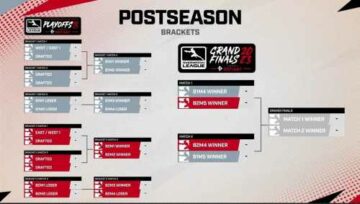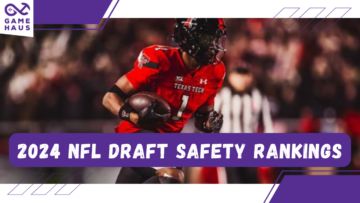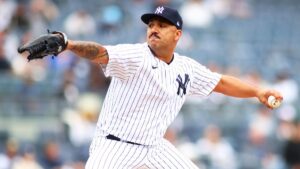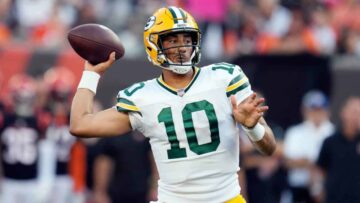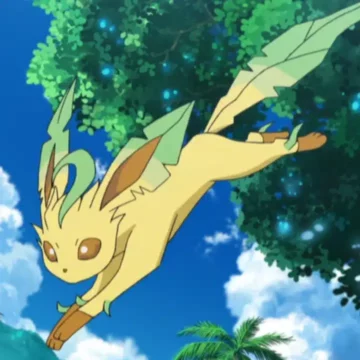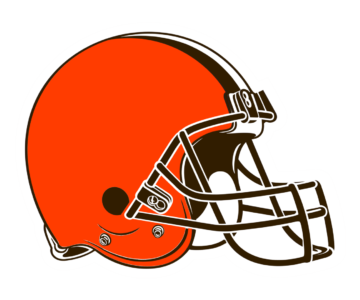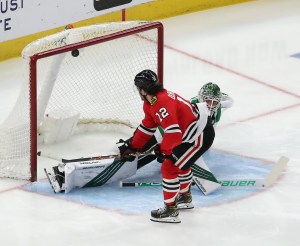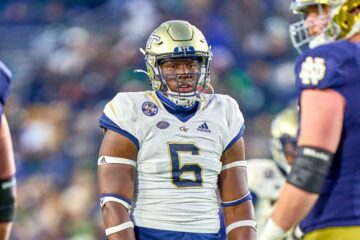So far, the 2022 MLB season has been filled with breakout performances from across the league. Players like the Yankees’ Nestor Cortes Jr. or the Guardians’ Steven Kwan have outperformed expectations at the highest stage. One of the most surprising breakout performances so far has come from the Dodgers’ newly-acquired southpaw, Tyler Anderson.
Through five seasons in the minors Anderson posted a 2.45 ERA over 371.1 innings pitched, averaging 0.5 home runs, 2.7 walks and 7.4 strikeouts per nine innings. Over 128.1 innings in AA ball, Anderson allowed just three home runs.
This kind of minor league production can be predictive of major league success. Add the fact that Anderson was drafted 20 overall by the Colorado Rockies in 2011, and one might even expect it. However, with the exception of his rookie season, Anderson’s results have left much to be desired.
Skeletons in the Closet
Anderson was called up in 2016 and made 19 starts to the tune of a 3.54 ERA: A solid debut. He followed this up with a 4.81 ERA in 15 starts in 2017. He was sidelined for the remainder of the season due to a left knee injury.
The 2018 season marked Anderson’s first full year in the majors. He performed to a 4.55 ERA over 32 starts and 176 innings, good for a 7-9 record.
Anderson’s knee issues continued to plague him in 2019. He was able to make just five starts to the tune of an 11.76 ERA before undergoing season-ending surgery. At this point, things were looking quite bleak for the former first-round pick.
After being placed on waivers in 2020, the San Francisco Giants took a chance on him with a one-year contract. Anderson pitched to a 4.37 ERA with a 4-3 record, the first winning record of his major league career.
Finally, in 2021 Anderson signed a one-year contract for the Pittsburgh Pirates. He was traded to the Seattle Mariners just before the trade deadline. He finished the season with a 4.53 ERA over 31 starts.
In his first six years in the majors, Anderson seemed to be a bit of a draft bust. While his numbers were not awful, they certainly weren’t the same caliber as his minor-league results and did not show much improvement. Despite this, the Los Angeles Dodgers took a chance on him with a one-year, $8 million contract in 2022.
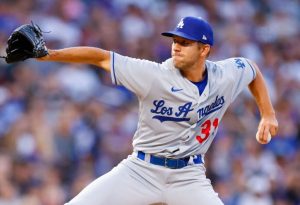
Image Courtesy of Justin Edmonds / Getty Images
A Career Year
The Dodgers are infamous for their pitcher development, having produced the likes of Clayton Kershaw, Walker Buehler, and Julio Urías in recent years. They clearly saw something in Anderson, and that faith has paid the Dodgers sorely needed dividends.
So far, Anderson is 8-0 through 10 starts with a 2.82 ERA, enjoying easily his best season in the majors thus far. In his most recent start, he took a no-hitter into the ninth before Shohei Ohtani broke it up with two outs to go.
Anderson’s 2.82 ERA is dominant as is. However, it is inflated by two rough starts totaling 11 earned runs over nine innings. Anderson has allowed two runs or fewer in his other 10 outings with a 1.55 ERA. Needless to say, when Anderson’s stuff is on, he is lights-out.
So far this season Anderson is enjoying the best strikeout and walk rates of his career, and his third-best home run rate. Batters are hitting just .211/.254/.360 against him, with a career-best .614 OPS allowed to opposing batters.
According to Baseball Savant, Anderson currently ranks in the 90th percentile for average exit velocity, 89th percentile for hard-hit percentage, 94th percentile for walk percentage, and 98th percentile for chase rate. His whiff percentage, strikeout rate, fastball spin-rate, barrel percentage, xwOBA, xERA, and xBA are all above average as well. In short, Anderson’s peripheral stats have been elite so far this season.
The Method to the Madness
So, 32-year-old Anderson is enjoying an incredible season 10 years into his professional career. Much of this newfound success can be accredited to his reworked changeup.
Anderson is throwing this pitch more often than his fastball for the first time in his career. The results he has achieved with it speak for themselves. Batters are hitting just .113/.123/.127 against it, making it not only the best pitch in his arsenal but one of the best in the league.
According to Baseball Savant, his changeup has registered a run value of -10 so far this year. This mark ties three other pitchers for the best run value on any changeup thrown this year. This is the second-best run value pitch among Dodgers’ pitchers, trailing only Tony Gonsolin’s splitter. League-wide, Anderson’s changeup is tied for the eighth-best run value among all pitch types.
His cutter has also been effective. So far, it registers a slash line of .216/.237/.405 and a -2 run value. These two pitches in tandem have been extremely effective in putting away batters.
Unfortunately, the same cannot be said for his four-seam fastball and sinker. Batters currently hit his fastball at a .346/.424/.596 clip, with his sinker faring even worse with a slash line of .391/.423/.696. Batters are crushing both pitches, with each resulting in an OPS over 1.000.
Anderson cannot rely on these two pitches to work through a lineup. However, his changeup and cutter have been effective enough to produce quality results. Moving forward and continuing to work with the Dodgers’ pitching staff, it is possible that Anderson can further improve his production.


Innovation That Excites
Due to the low velocity and average movement on his sinker and fastball, it may not be plausible for Anderson to improve these pitches. However, his fastball could be made more effective by introducing another breaking pitch.
Usually, when a pitcher lacks velocity their fastballs are made effective in one of two ways. Either their fastball has above-average spin or movement, or they use breaking pitches more often.
Clayton Kershaw is an excellent example of both. His fastball clocks in at 90.6 MPH on average, and its spin-rate ranks in the 91st percentile. Despite this, he relies on his elite slider more often.
While this is not quite an apt comparison, as Kershaw’s fastball is more effective than Anderson’s, the philosophy rings true. This is exemplified in Anderson’s improved results this season while relying on his changeup most often.
Anderson could throw off hitters by adding a slider or curveball into his regular repertoire and further reducing his fastball usage rate. By forcing hitters to sit back and expect more off-speed and breaking pitches, his fastball could naturally become more effective.
While this is purely speculative, and is more likely to be an offseason change than one made mid-season, it could spell future success for the lefty. Regardless, Anderson’s run with the Dodgers has been terrific thus far, and fans should look forward to a solid second half of his 2022 campaign.
Featured Image Courtesy of Greg Fiume / Getty Images
Statistics Courtesy of FanGraphs, Baseball Reference, and Baseball Savant
You can “Like” The Game Haus on Facebook and “Follow” us on Twitter for more sports and esports articles from other great TGH writers along with Ryan!
- 2011 MLB draft
- Anderson
- anderson dodgers
- barrel percentage
- Baseball Savant
- batters
- bb
- changeup
- Clayton Kershaw
- Colorado Rockies
- curveball
- cuter
- Dodgers
- era
- esports
- fastball
- Giants
- Home run
- home run rate
- hr
- injury
- innings pitched
- IP
- Julio Urias
- K
- LA dodgers
- lefty
- Los Angeles Dodgers
- Major League
- Mariners
- MLB
- MLB injury
- mr. duck
- ops
- Peripheral Stats
- Pirates
- Pitchers
- Pittsburgh Pirates
- Rockies
- Rookie
- run value
- San Francisco Giants
- Seattle Mariners
- Shohei Ohtani
- sinker
- slider
- So
- southpaw
- spin rate
- splitter
- starting pitchers
- StatCast
- Strikeout
- strikeout rate
- swing and miss
- The Games Haus
- Tony Gonsolin
- Tyler Anderson
- tyler anderson dodgers
- tyler anderson injury
- VeloCity
- walk
- Walk rate
- Walker Buehler
- whiff percentage
- WHIP
- xBA
- xERA
- xwOBA
